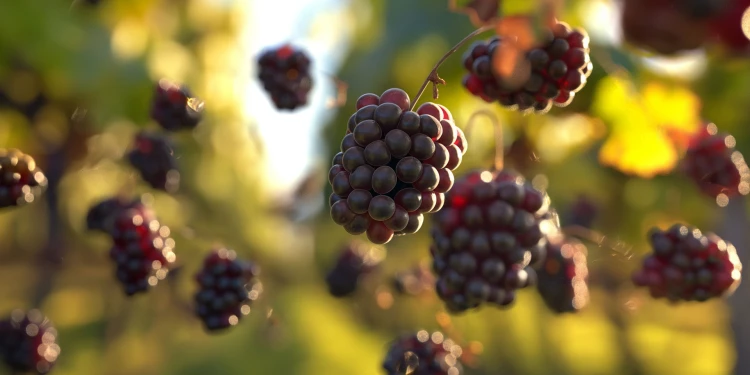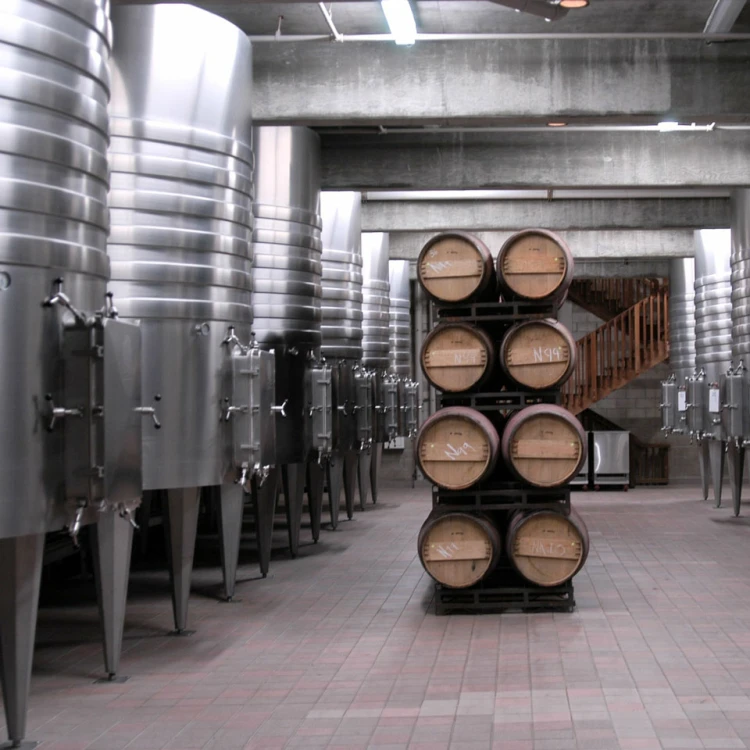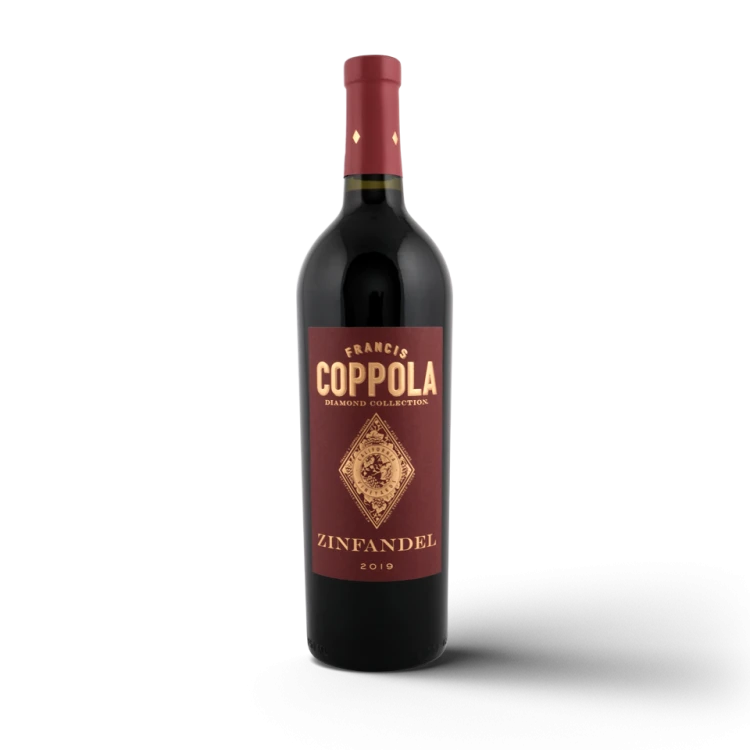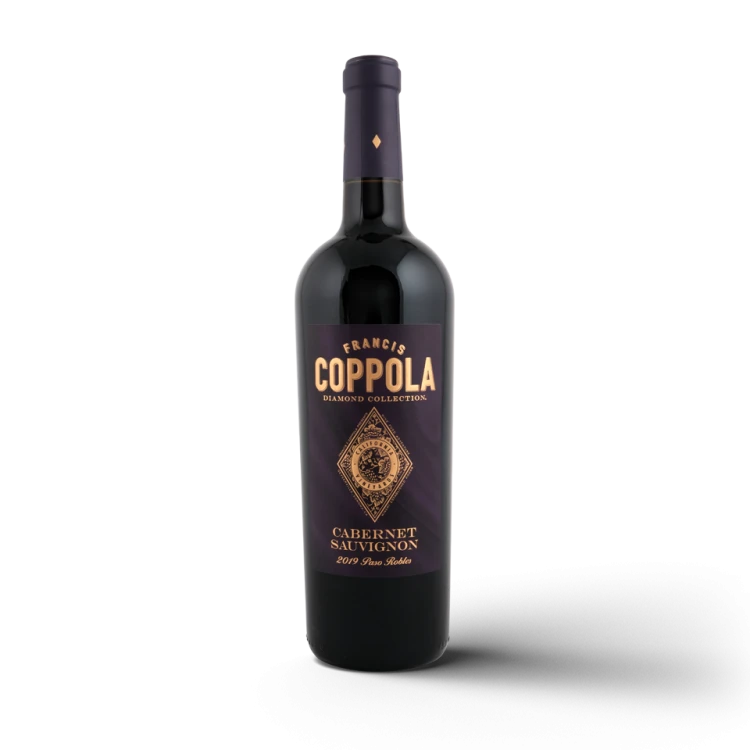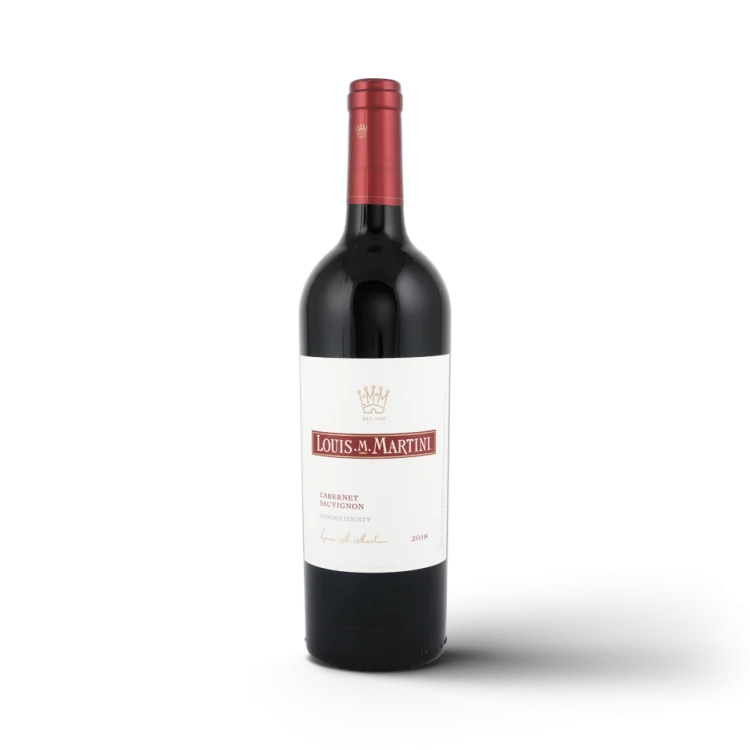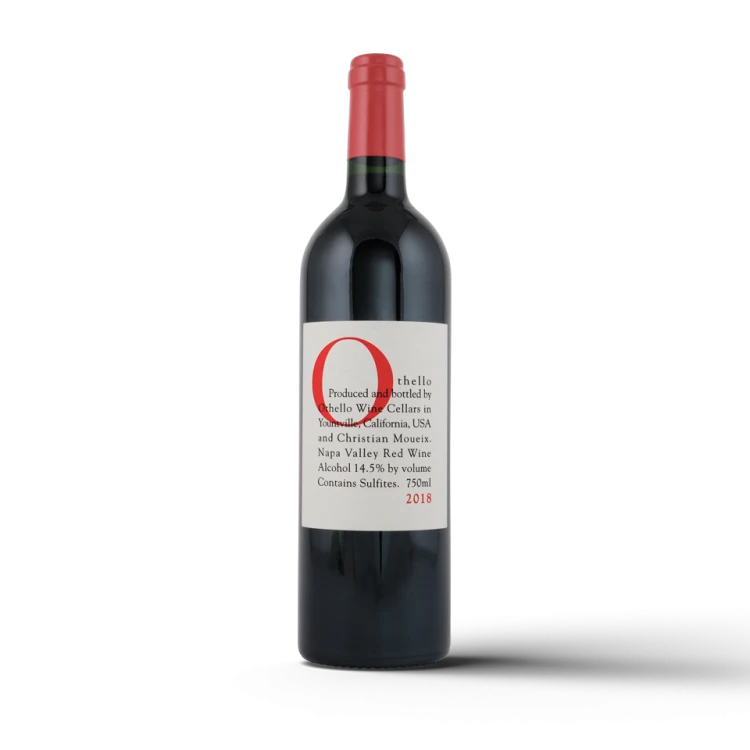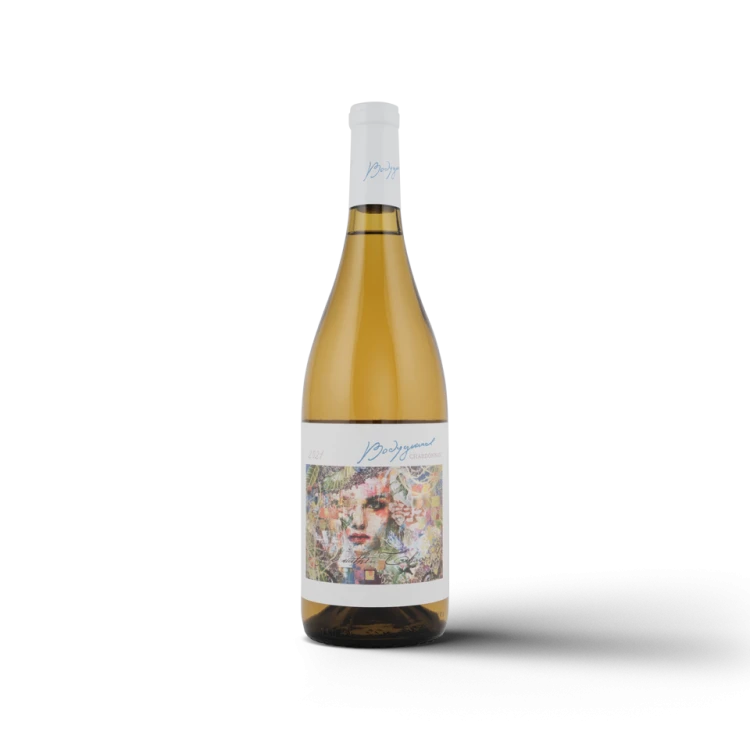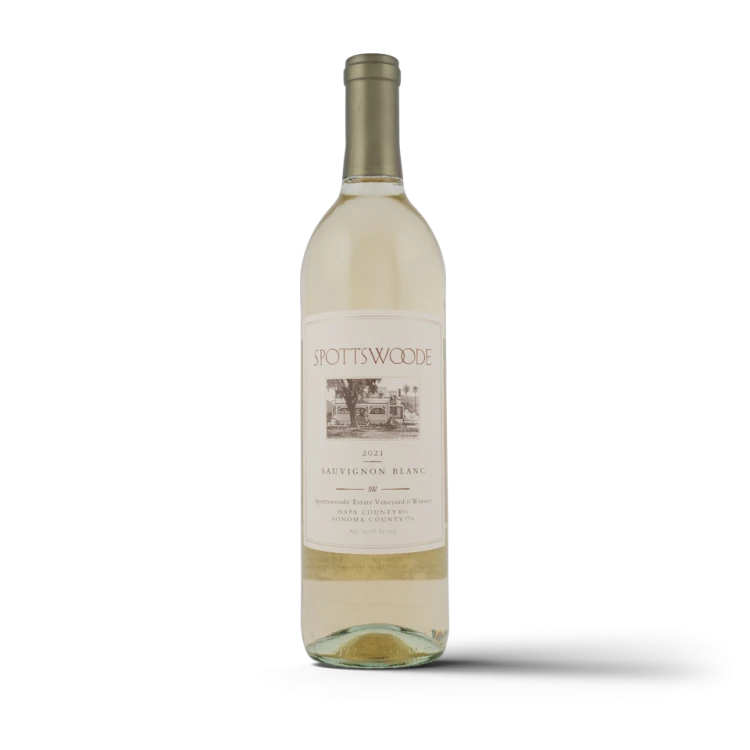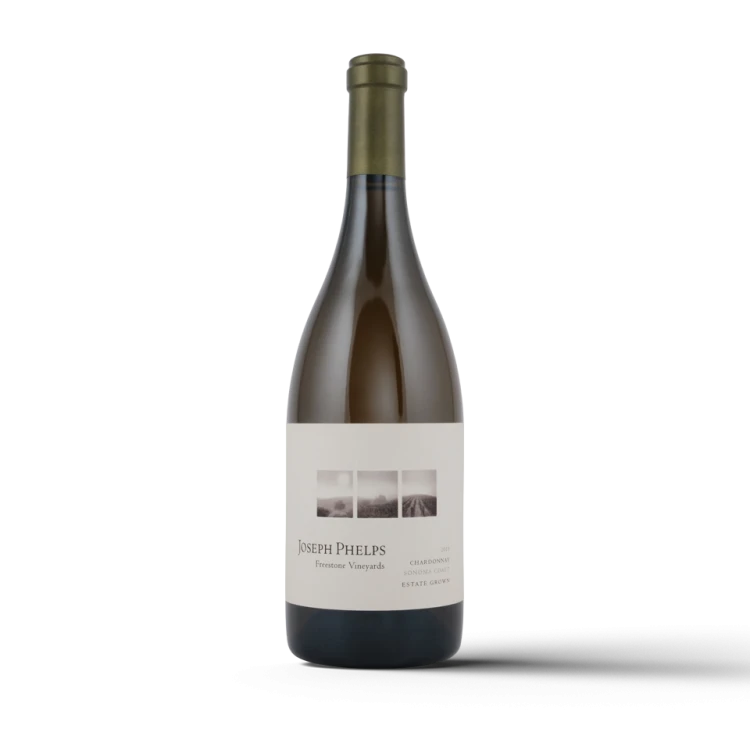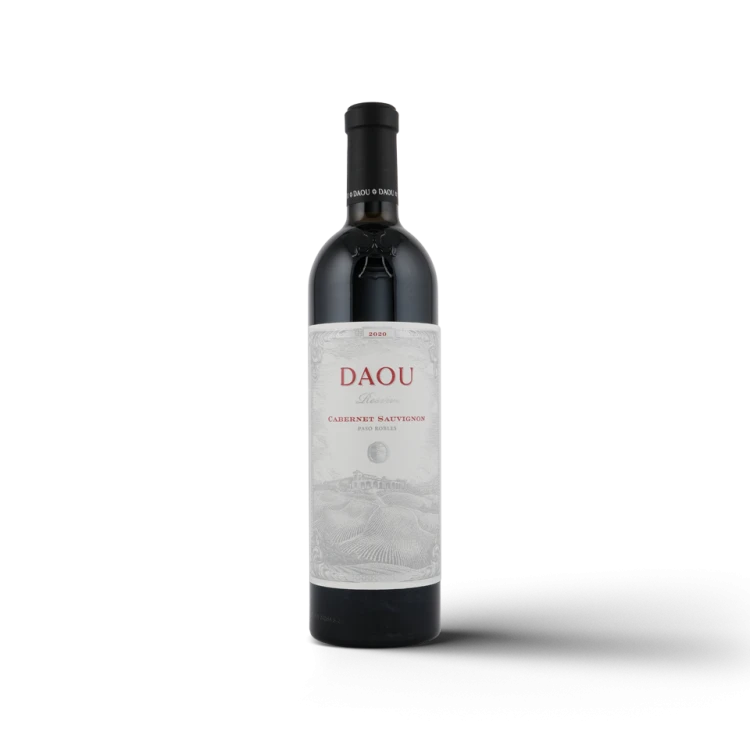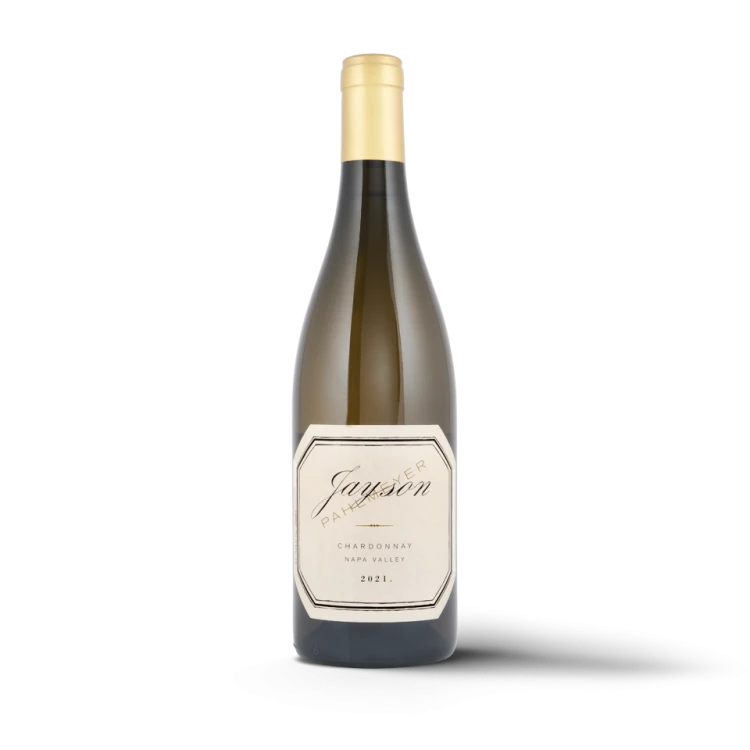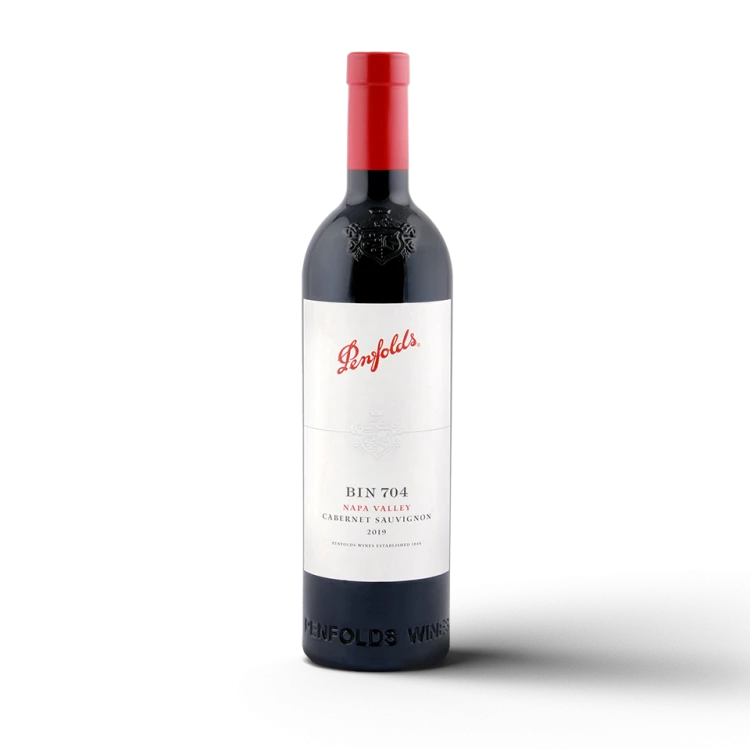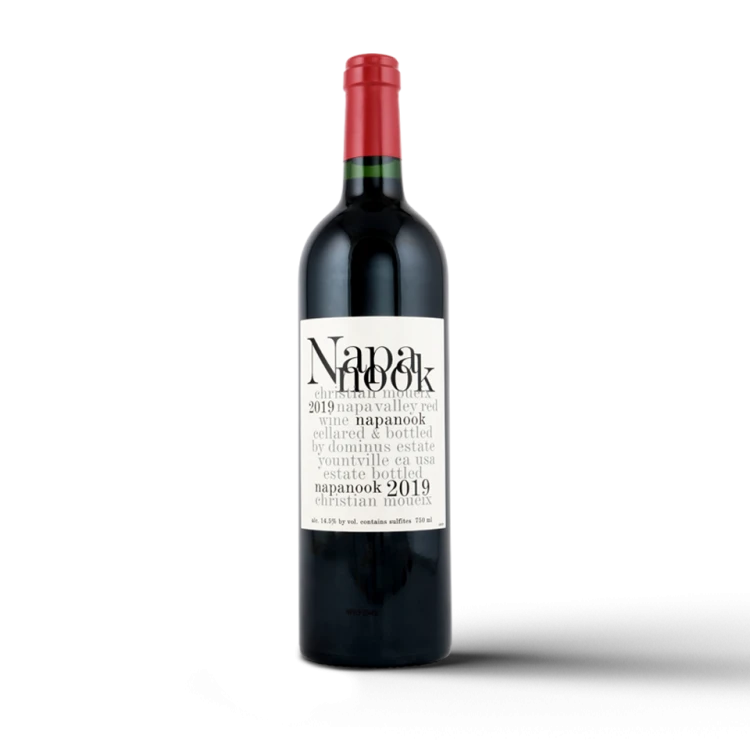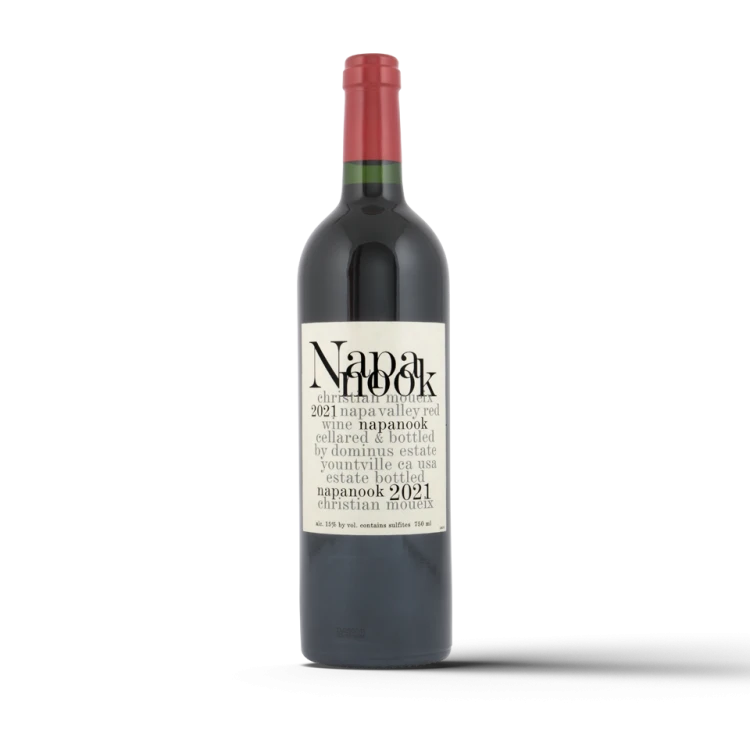The year in which Californian wine became known worldwide
Let's go back to the mid-1970s. Back then, France was still the centre of the wine world and the rest of the world hardly mattered. Overseas was non-existent and in Europe, apart from Madeira, Sherry and Port, there were at most German Auslese wines. Italy and the Iberian Peninsula hardly played a role, apart from a few iconic wineries. Today, this is hardly imaginable. But the change from then to now began with the event in Paris, which celebrates its 48th anniversary this year. Although the journalist George M. Taber was only able to write a marginal note on the penultimate page of Time magazine about the event, which later became legendary, this was enough to attract enormous attention. The tasting was an initial spark for Californian viticulture and subsequently for the entire overseas wine industry. It became known as the Judgment of Paris.
The latest judgement for top French winemakers
The Judgment of Paris has often been written and spoken about. The wine tasting organised by Steven Spurrier in Paris in 1976 has become immensely important. It was originally intended as an entertaining event, primarily to give Spurrier's business and wine school some attention in the Parisian press. But this tasting, attended by some of France's most renowned tasters and a single journalist from Time magazine, George M. Taber, turned into a unique event in the wine world. To summarise briefly: Californian Chardonnays were tasted against the best Burgundies and Californian Cabernet Sauvignons against the Cabernet-heavy Grand Crus of the Médoc. Nobody, not even the organiser Steven Spurrier, had expected Californian wines to take first place in both categories. For French tasters such as Odette Kahn, the editor of the Revue du Vin de France, or Aubert de Villaine, the co-owner of the Domaine de la Romanée-Conti, this was an affront. The French press later tried to play down the event and Steven Spurrier was banned from many wineries - even though he was actually a respected distributor of French wines and had nothing to do with Californian wines.
